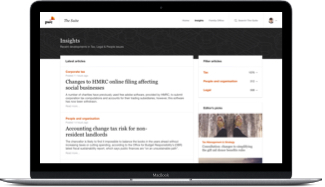In today's economic climate, almost every organisation is under pressure to drive efficiencies and cost savings across the business. A particularly effective area of the business to do this is the contingent or external workforce. In a recent survey, our clients told us that 44% of their total workforce spend is on the contingent workforce and 62% believe that their contingent workforce enables them to improve the company's overall financial performance.
The rapid growth of the contingent workforce and the use of both “off-payroll” workers and contracted service providers is helping to shape the workforce of the future and informing recruitment decisions.
Most companies are still figuring out the best ways to manage this extended workforce. The effective use of non-payroll talent can be a strategic and competitive differentiator, and a driver of organisational agility and competitive advantage in the digital age. This labour can be sourced through multiple channels, both traditional and digital, and can provide critical skills and capabilities essential for core operations and growth. Yet our research shows that these vital assets are critically under-managed.
As the workforce composition becomes more complex, organisations will need to adopt better, more sophisticated, people management practices. Those that combine their talent management programmes with the future needs of the organisation, reviewing current and new requirements in both permanent recruitment and contingent workers, will drive competitive advantage. This is true across all sectors and all industries and we believe that 2019 will bring a fresh set of recruiting trends that will significantly impact the traditional recruitment process and continue to re-shape the recruiting services market. Controlling costs is no longer the principal driver for outsourcing labour needs or engaging contingent workers. This “extended” workforce is now seen as essential to improving business performance.

